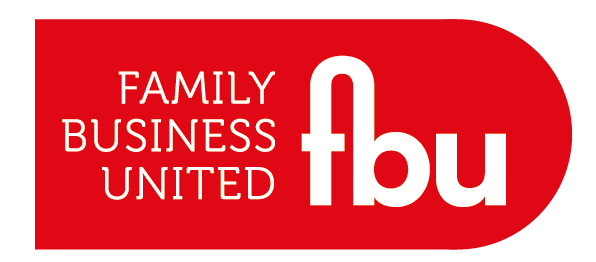Shirtsleeves To Shirtsleeves In Three Generations...
- Paul Andrews - Founder & CEO, Family Business United
- Sep 2, 2024
- 3 min read

The adage ‘shirtsleeves to shirtsleeves in three generations’ is often quoted as encapsulating the recurring cycle observed in many family-owned businesses: the founder builds a company from modest beginnings, the second generation expands and consolidates, and the third generation often sees a decline or dissolution.
This phenomenon, though not universal, has deep roots and manifests in various ways across the globe. Exploring this concept offers insight into the dynamics of family businesses and the broader economic and social factors at play but there is a growing movement that is beginning to question the relevance of the adage in the 21st century.
The Rise Of The Founder
The first generation of a family business is often characterised by the founder’s relentless drive and vision. These entrepreneurs start with little more than ambition and a keen sense of opportunity. Their success usually results from a combination of innovation, risk-taking, and sheer hard work. Examples abound, from Andrew Carnegie’s steel empire in the United States to Li Ka-Shing’s diversified conglomerate in Hong Kong.
In these early stages, the business is highly personal, with the founder’s values and personality shaping its culture and operations. Decisions are made intuitively, and the company’s growth is closely tied to the founder’s personal efforts and relationships.
Expansion And Consolidation By The Second Generation
The second generation inherits a growing enterprise, one that often has established systems, processes, and market presence. This generation faces the dual challenge of maintaining the founder’s legacy while steering the company towards modern practices and broader markets. Success in this phase requires not just the continuation of the founder’s vision but also the adaptation to new business realities and the integration of professional management practices.
This generation might expand the business into new territories or diversify into different sectors. For instance, the Walton family saw the transformation of Walmart from a regional discount store to a global retail giant. Alternatively, the second generation might focus on consolidating and optimising the business’s core operations, as seen with the BMW Group under the Quandt family’s leadership in Germany.
Challenges And Decline In The Third Generation
The third generation often confronts a different set of challenges. The original entrepreneurial spirit may wane, and the family’s involvement might become more about preserving wealth than driving innovation. This generation might struggle with internal conflicts, succession issues, or a disconnect from the original values and vision.
In some cases, the business faces difficulties adapting to changing market conditions or technological advancements. The disconnect between the family’s legacy and contemporary business practices can lead to stagnation with businesses that are now in their third generation struggling to remain relevant and reinvent themselves despite their significant historical legacy.
Global Perspectives And Variations
The ‘shirtsleeves to shirtsleeves’ pattern is not uniform across all cultures or regions. For instance, in some East Asian cultures, family businesses often emphasise the importance of maintaining harmony and continuity, which can lead to more sustainable succession plans. Conversely, Western businesses might experience more pronounced generational shifts due to differing approaches to innovation and management.
In Japan, family businesses, known as ‘shōten’ often have centuries-old histories and may survive beyond the third generation by adhering to traditional values and practices. In contrast, in rapidly changing markets like India and China, newer family businesses may face more abrupt cycles of growth and decline due to the fast-paced economic environment and evolving consumer preferences.
Furthermore, the adage of ‘shirtsleeves to shirtsleeves’ is used to qualify the number of businesses managing to survive beyond the third generation but fails to take into account commercial business decisions where the cause is a business sale or merger because the family no longer have a next generation to take on the business, or where they do have a next generation they lack the desire or ability to take it on and the cessation of the journey is the only or right thing to do.
The adage ‘shirtsleeves to shirtsleeves in three generations’ may reflect some of the broader challenges inherent in family businesses worldwide but there is a growing voice that suggests not everyone believes that is really relevant today.
While many enterprises follow this cyclical pattern, others find ways to adapt, innovate, and thrive across generations and there are plenty of examples around the world of family businesses that have survived long past the third generation.
The interplay between tradition and modernity, personal vision and professional management and numerous other factors play a critical role in determining the longevity and success of family-run businesses. Understanding these dynamics offers valuable lessons for both aspiring entrepreneurs and established family enterprises seeking to navigate the complexities of generational transition.





%20copy%20(4)%20copy%20(1)%20copy%20copy%20(1)%20copy%20(1)-Medium-Quality.jpg)



.png)
























